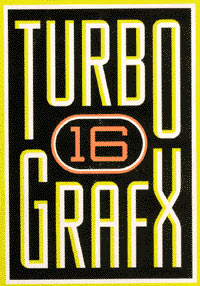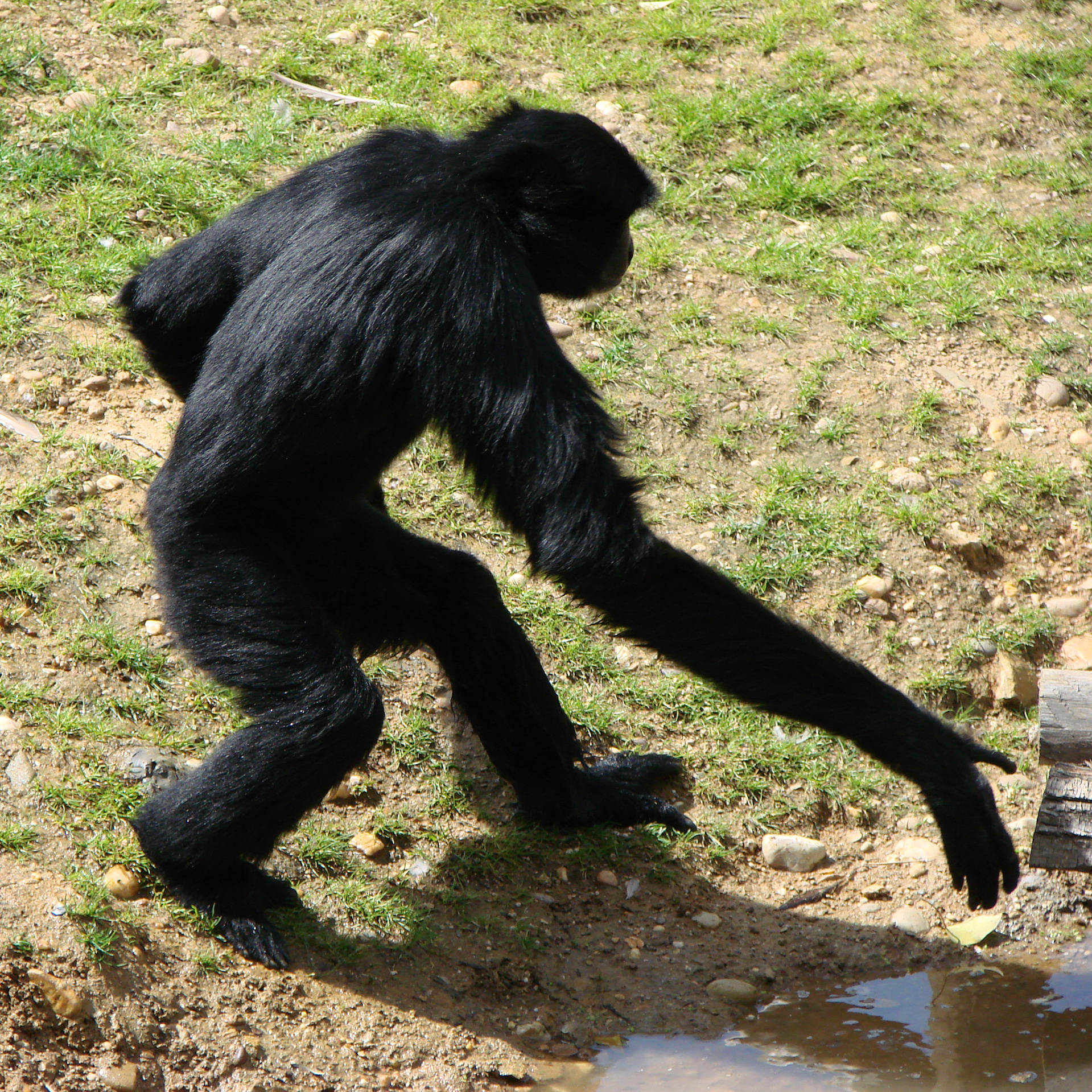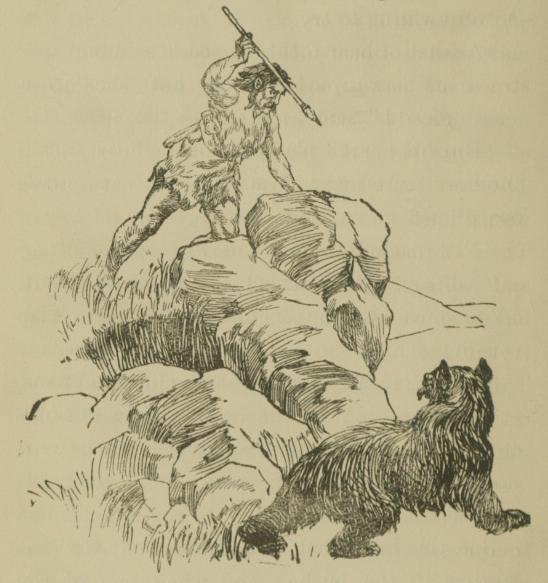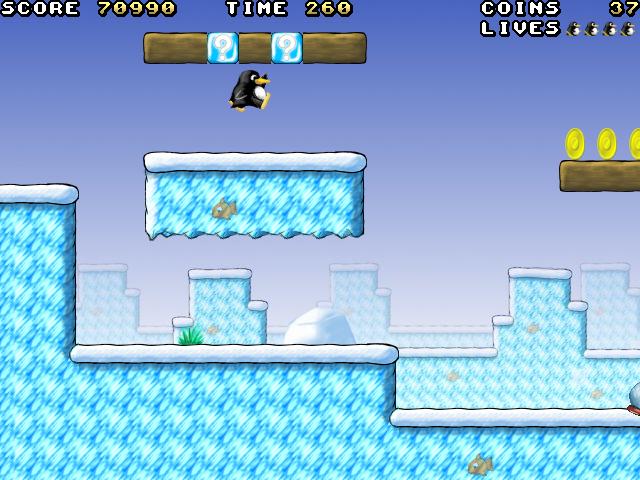|
Bonk (video Game Series)
''Bonk'', known as in Japan and as ''PC Kid'' or ''B.C. Kid'' in PAL territories, is a video game character and former mascot for NEC's PC Engine/TurboGrafx-16 video game console. Three platform games featuring the character appeared on the PC Engine/TurboGrafx-16, as well as two spin-offs featuring Air Zonk. The protagonist is a bald caveman named Bonk who attacks using his comically large head. His Japanese name PC-Genjin is a pun on the PC Engine, with his European name ''PC Kid'' similarly referencing the system's name (the console is also called PC Engine in Europe). The "PC" part of his Japanese and European names also stands for " Pithecanthropus Computerurus", a fictitious species name for the character. The American title ''Bonk'' is also not used in the European versions due to the word " bonk" being connoted with having sex in British English. Konami now owns the rights to the ''Bonk'' series as a result of its absorption of the series' publisher Hudson Soft in 2012 ... [...More Info...] [...Related Items...] OR: [Wikipedia] [Google] [Baidu] |
Red Company
is a video game developer and publisher based in Japan. Originally founded in 1976 as (though it did not begin doing business until 1985), it was reorganized and succeeded by a new company on December 4, 2000, under its current moniker of Red Entertainment. While Red Company as a public corporation dates back to the mid-1980s, the first title released under the Red Entertainment brand was '' Gungrave'' on July 17, 2002. The name "RED" comes from "Royal Emperor Dragon". In 2011, the company was acquired by Chinese game developer UltiZen Games Limited. In 2014, Red Entertainment was sold to Oizumi Corporation. Partial game list NEC PC Engine * '' Gate of Thunder'' * '' Lords of Thunder'' * '' PC-Genjin (Bonk)'' series * '' Galaxy Fraulein Yuna'' series * '' Tengai Makyō (Far East of Eden)'' series Nintendo Super NES * '' Chou Mahou Tairiku WOZZ'' * ''Kabuki Rocks'' * '' The Twisted Tales of Spike McFang'' * '' Tengai Makyou Zero'' GameCube * '' Tengai Makyō II: M ... [...More Info...] [...Related Items...] OR: [Wikipedia] [Google] [Baidu] |
PAL Territories
Phase Alternating Line (PAL) is a color encoding system for analog television. It was one of three major analogue colour television standards, the others being NTSC and SECAM. In most countries it was broadcast at 625 lines, 50 fields (25 frames) per second, and associated with CCIR analogue broadcast television systems B, D, G, H, I or K. The articles on analog broadcast television systems further describe frame rates, image resolution, and audio modulation. PAL video is composite video because luminance (luma, monochrome image) and chrominance (chroma, colour applied to the monochrome image) are transmitted together as one signal. A latter evolution of the standard, PALplus, added support for widescreen broadcasts with no loss of vertical image resolution, while retaining compatibility with existing sets. Almost all of the countries using PAL are currently in the process of conversion, or have already converted transmission standards to DVB, ISDB or DTMB. The ... [...More Info...] [...Related Items...] OR: [Wikipedia] [Google] [Baidu] |
TurboGrafx-16
The TurboGrafx-16, known in Japan as the , is a home video game console developed by Hudson Soft and manufactured by NEC. It was released in Japan in 1987 and in North America in 1989. The first console of the fourth generation of video game consoles, fourth generation, it launched in Japan to compete with Nintendo's Family Computer, Famicom, but its delayed U.S. debut placed it against the more advanced Sega Genesis and later the Super Nintendo Entertainment System, Super NES. The TurboGrafx-16 features an 8-bit computing, 8-bit CPU paired with dual 16-bit graphics processors, and supports up to 482 on-screen colors from a palette of 512. The "16" in the console’s North American branding was criticized as misleading. With dimensions of , the PC Engine remains the smallest major home console ever released. Games were initially released on HuCard cartridges, but the platform later supported additional formats requiring separate hardware: TurboGrafx-CD (''CD-ROM²'' in Japan) ga ... [...More Info...] [...Related Items...] OR: [Wikipedia] [Google] [Baidu] |
British English
British English is the set of Variety (linguistics), varieties of the English language native to the United Kingdom, especially Great Britain. More narrowly, it can refer specifically to the English language in England, or, more broadly, to the collective dialects of English throughout the United Kingdom taken as a single umbrella variety, for instance additionally incorporating Scottish English, Welsh English, and Northern Irish English. Tom McArthur (linguist), Tom McArthur in the Oxford English Dictionary, Oxford Guide to World English acknowledges that British English shares "all the ambiguities and tensions [with] the word 'British' and as a result can be used and interpreted in two ways, more broadly or more narrowly, within a range of blurring and ambiguity". Variations exist in formal (both written and spoken) English in the United Kingdom. For example, the adjective ''wee'' is almost exclusively used in parts of Scotland, north-east England, Northern Ireland, Ireland ... [...More Info...] [...Related Items...] OR: [Wikipedia] [Google] [Baidu] |
Bonk
Bonk may refer to: People * Bonk (surname) Arts and entertainment * Bonk (video game series), ''Bonk'' (video game series), a caveman character and video game series *Bonk!, a soft drink company in the first-person shooting game ''Team Fortress 2'' * Bonk (album), ''Bonk'' (album), an album by Big Pig * Bonk, an early 1980s new wave band fronted by vocalist Barry Flynn of the Big Supreme * Bonk Business, a fictional corporation Other uses * ''Bonk: The Curious Coupling of Science and Sex'', a 2008 book by Mary Roach * 14965 Bonk, a main-belt asteroid * Bonk (audio format) supported by fre:ac (formerly known as BonkEnc) * The bonk, or hitting the wall, sudden fatigue and loss of energy in endurance sports See also * * * Bonken, a Dutch card game * Bonkers (other) * Boink, a magazine of erotica {{disambiguation ... [...More Info...] [...Related Items...] OR: [Wikipedia] [Google] [Baidu] |
Species
A species () is often defined as the largest group of organisms in which any two individuals of the appropriate sexes or mating types can produce fertile offspring, typically by sexual reproduction. It is the basic unit of Taxonomy (biology), classification and a taxonomic rank of an organism, as well as a unit of biodiversity. Other ways of defining species include their karyotype, DNA sequence, morphology (biology), morphology, behaviour, or ecological niche. In addition, palaeontologists use the concept of the chronospecies since fossil reproduction cannot be examined. The most recent rigorous estimate for the total number of species of eukaryotes is between 8 and 8.7 million. About 14% of these had been described by 2011. All species (except viruses) are given a binomial nomenclature, two-part name, a "binomen". The first part of a binomen is the name of a genus to which the species belongs. The second part is called the specific name (zoology), specific name or the specific ... [...More Info...] [...Related Items...] OR: [Wikipedia] [Google] [Baidu] |
Computer
A computer is a machine that can be Computer programming, programmed to automatically Execution (computing), carry out sequences of arithmetic or logical operations (''computation''). Modern digital electronic computers can perform generic sets of operations known as Computer program, ''programs'', which enable computers to perform a wide range of tasks. The term computer system may refer to a nominally complete computer that includes the Computer hardware, hardware, operating system, software, and peripheral equipment needed and used for full operation; or to a group of computers that are linked and function together, such as a computer network or computer cluster. A broad range of Programmable logic controller, industrial and Consumer electronics, consumer products use computers as control systems, including simple special-purpose devices like microwave ovens and remote controls, and factory devices like industrial robots. Computers are at the core of general-purpose devices ... [...More Info...] [...Related Items...] OR: [Wikipedia] [Google] [Baidu] |
Java Man
Java Man (''Homo erectus erectus'', formerly also ''Anthropopithecus erectus or'' ''Pithecanthropus erectus'') is an early human fossil discovered in 1891 and 1892 on the island of Java (Indonesia). Estimated to be between 700,000 and 1,490,000 years old, it was, at the time of its discovery, the oldest hominid fossil ever found, and it remains the type specimen for ''Homo erectus''. Led by Eugène Dubois, the excavation team uncovered a tooth, a skullcap, and a thighbone at Trinil on the banks of the Solo River in East Java. Arguing that the fossils represented the " missing link" between apes and humans, Dubois gave the species the scientific name '' Anthropopithecus erectus'', then later renamed it ''Pithecanthropus erectus''. The fossil aroused much controversy. Within a decade of the discovery almost eighty books or articles had been published on Dubois's finds. Despite Dubois's argument, few accepted that Java Man was a transitional form between apes and humans. Some ... [...More Info...] [...Related Items...] OR: [Wikipedia] [Google] [Baidu] |
Caveman
The caveman is a stock character representative of primitive humans in the Paleolithic. The popularization of the type dates to the early 20th century, when Neanderthals were influentially described as " simian" or " ape-like" by Marcellin Boule and Arthur Keith. The term "caveman" has its taxonomic equivalent in the now-obsolete binomial classification of '' Homo troglodytes'' (Linnaeus, 1758). Characteristics Cavemen are typically portrayed as wearing shaggy animal hides, and capable of cave painting like behaviorally modern humans of the last glacial period. They are often shown armed with rocks, cattle bone clubs, spears, or sticks with rocks tied to them, and are portrayed as unintelligent, easily frightened, and aggressive. Typically, they have a low pitched rough voice and make vocalizations such as "ooga-booga" and grunts or speak using simple phrases. Popular culture also frequently represents cavemen as living with, or alongside of, dinosaurs, even though n ... [...More Info...] [...Related Items...] OR: [Wikipedia] [Google] [Baidu] |
Air Zonk
''Air Zonk'', known in Japan as , is a horizontally scrolling shooter released for the TurboGrafx-16 in 1992. ''Air Zonk'' was an effort to update the company's image with a modern, punkish character named Zonk, who bears a deliberate resemblance to the TurboGrafx-16's caveman mascot, Bonk. The game was developed by Red Company, the original creators of the Bonk series, and also known for their '' Gate of Thunder'' series. ''Air Zonk'' features King Drool, the antagonist of the ''Bonk'' series, along with many other enemies from that series. A sequel, '' Super Air Zonk: Rockabilly-Paradise'', was released in 1993 for the TurboDuo and has been made available on the Wii's Virtual Console. Gameplay ''Air Zonk'' is a reimagining of the ''Bonk'' video game series as a scrolling shooter set in the future. Artistically, the game is lighthearted, featuring humorous designs for the environment and characters. Throughout the five levels, the gameplay focuses on the effective use of sho ... [...More Info...] [...Related Items...] OR: [Wikipedia] [Google] [Baidu] |
Platform Games
A platformer (also called a platform game, and sometimes a jump 'n' run game) is a subgenre of action game in which the core objective is to move the player character between points in an environment. Platform games are characterized by levels with uneven terrain and suspended platforms that require jumping and climbing to traverse. Other acrobatic maneuvers may factor into the gameplay, such as swinging from vines or grappling hooks, jumping off walls, gliding through the air, or bouncing from springboards or trampolines. The genre started with the 1980 arcade video game ''Space Panic'', which has ladders but not jumping. ''Donkey Kong (arcade game), Donkey Kong'', released in 1981, established a template for what were initially called "climbing games". ''Donkey Kong'' inspired many clones and games with similar elements, such as ''Miner 2049er'' (1982) and ''Kangaroo (video game), Kangaroo'' (1982), while the Sega arcade game ''Congo Bongo'' (1983) adds a third dimension via I ... [...More Info...] [...Related Items...] OR: [Wikipedia] [Google] [Baidu] |
Computer And Video Games
''Computer and Video Games'' (also known as ''CVG'', ''Computer & Video Games'', ''C&VG'', ''Computer + Video Games'', or ''C+VG'') is a British-based video game magazine, published in its original form between 1981 and 2004. Its offshoot website was launched in 1999 and closed in February 2015. ''CVG'' was the longest-running video game media brand in the world. Several ''CVG'' writers led the creation of '' Video Games Chronicle'' in 2019. History ''Computer and Video Games'' was established in 1981, being the first British video games magazine. Initially published monthly between November 1981 and October 2004 and solely web-based from 2004 onwards, the magazine was one of the first publications to capitalise on the growing home computing market, although it also covered arcade games. At the time of launch it was the world's first dedicated video games magazine. The first issue featured articles on ''Space Invaders'', Chess, Othello and advice on how to learn programmin ... [...More Info...] [...Related Items...] OR: [Wikipedia] [Google] [Baidu] |






